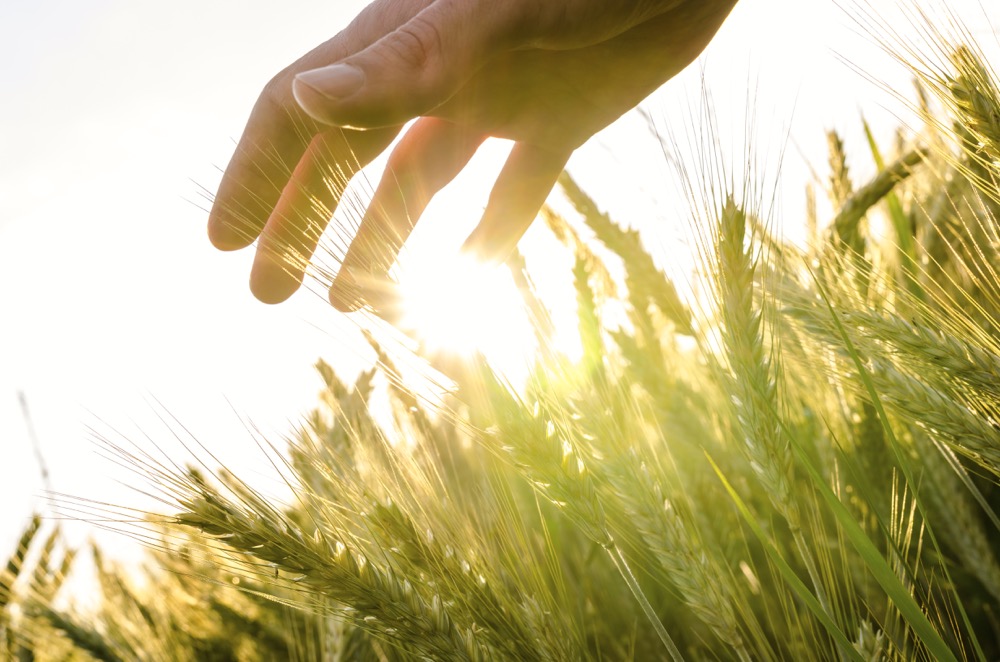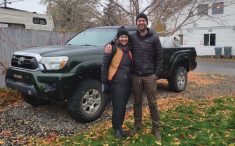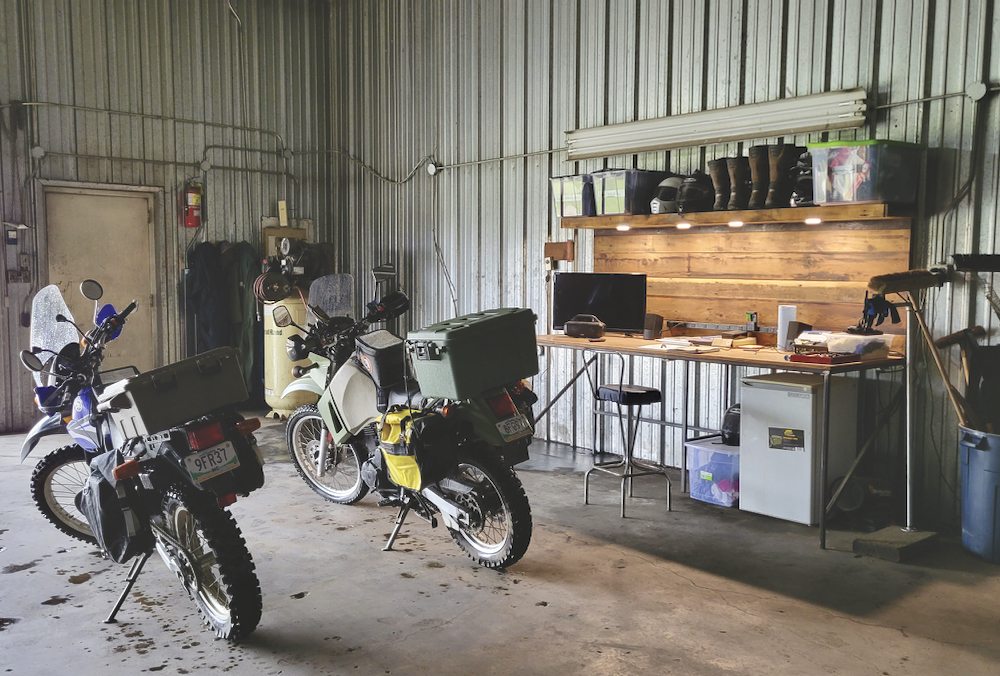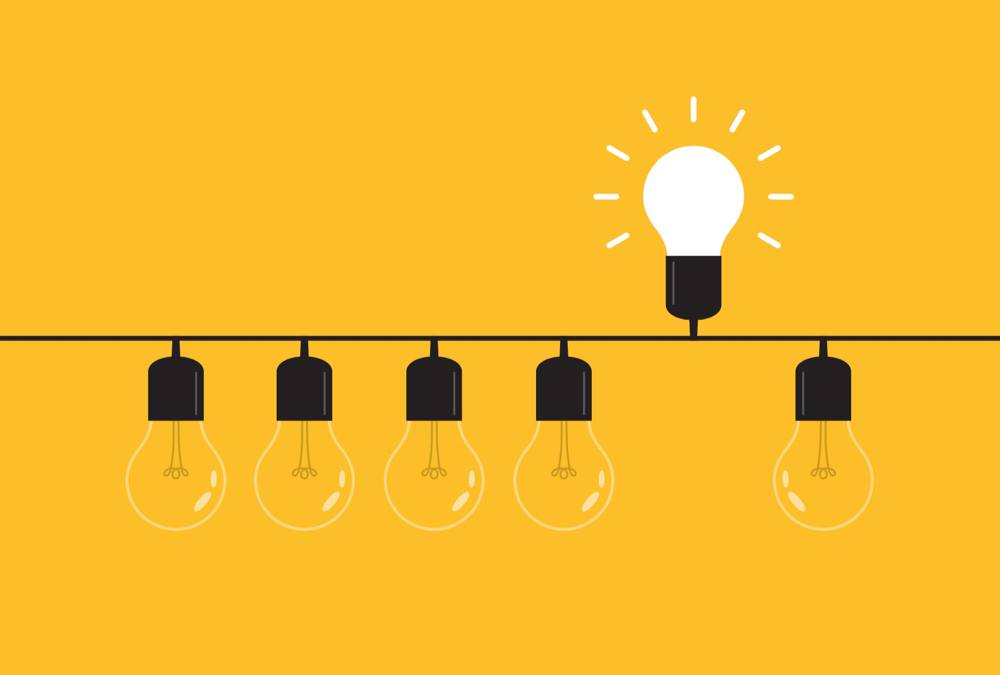The small soybean field east of our yard was ready to harvest. Our combine, however, was not ready to harvest it. The conveyor hadn’t been hooked up and set up at the corresponding bin and there was other preparatory work required before we could start biting and chewing our way through our soybean acres.
That morning, at around 7:45 a.m., shortly after Jamie left for her day teaching children at a nearby elementary school, I sauntered over to the workshop to continue switching the combine over from canola to soybeans. I had begun putting the header into flex position the day before. All that remained was opening the left-side door of the header to gain access to the bolt that was holding the final skid plate section in rigid position.
Read Also
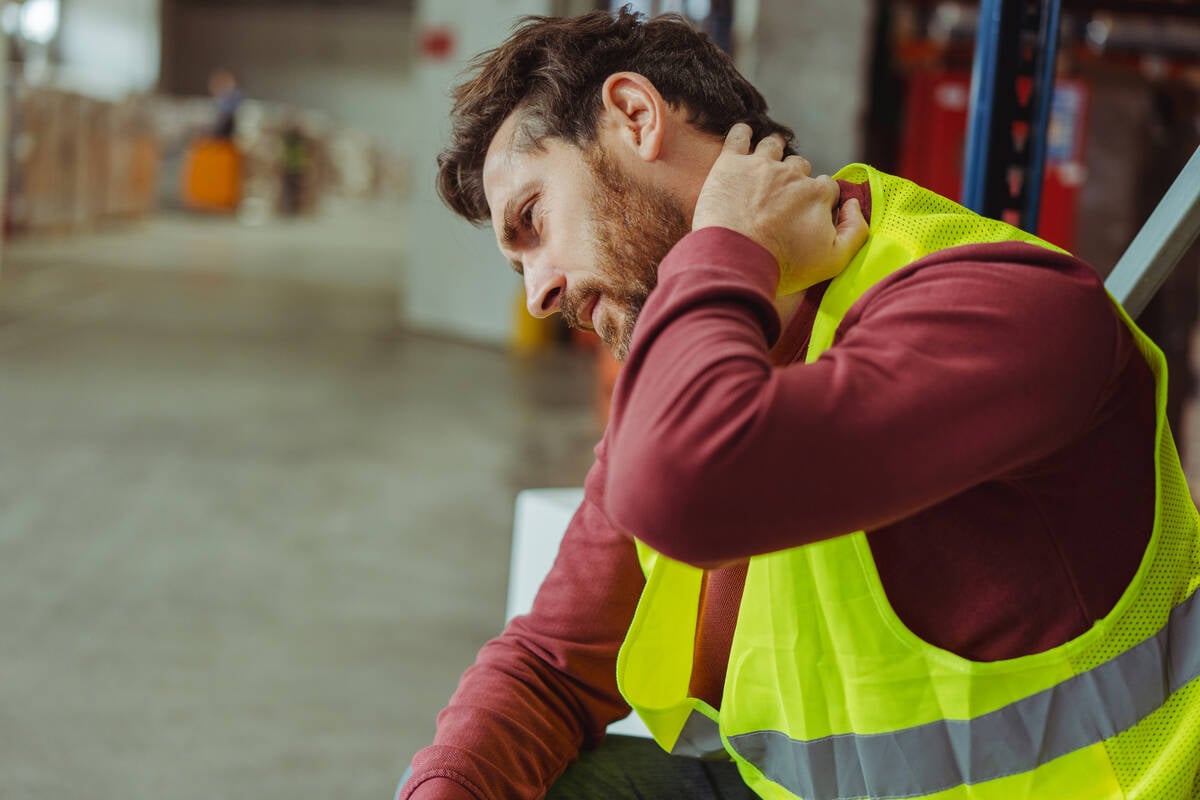
Gentle treatments for pain in the neck
Heading toward year-end, people unknowingly tense up against the cold and busyness, causing neck pain that can often be treated with appropriate support and gentle mobility, athletic therapist Kathlyn Hossack says.
On a day in which the gods would have been smiling down on me, this process would take, oh, about five, maybe ten, minutes. There is always some going back and forth to the wrench set before finding the correct size, and there is usually some old crop cleanout required to even find the bolt.
Well. This was not the case. The latch didn’t work, preventing me from being able to swing open the header door/access panel. After a long time — perhaps an hour or so — of reefing, torquing and, in general, being as brutish as possible with the plastic shroud without bending or breaking it, I arrived at the conclusion that more would have to be disassembled.
I removed the hinge pin, giving me a little more play to ramp up my brutishness, all the while hoping one of the myriad ways in which I was bending, twisting and rotating that door would be the proverbial butter that would allow the latch to release from the U-bolt it was so tightly gripped to.
My hopes were dashed. Success wouldn’t come for another hour or so.
I had to slither my body between the door and the header itself and remove the U-bolt. There was basically no room to do any of this. But I managed.
The door was finally off, laying on the ground beside the header. This came with a profound sense of relief and accomplishment.
I could now see clearly what had broken on the latch that prevented it from working, and I guessed the slight bend I was seeing on the door hinge likely torqued the whole thing enough for the assembly to buckle onto the U-bolt. The latch may have worked well enough to open the door, had it all been straight.
I removed the latch assembly from the door and fixed it. I removed the hinge itself from the door, heated it up and bent it straight. I removed the bolt and finished placing the final section into flex position.
Every piece of this puzzle got put back into place. The door now swings and closes better than it has for who knows how long.
As I was finishing, my dad came onto the yard, asking about when we should try the soys. We both agreed we should start as soon as possible.
He jumped into the combine, and I now set my focus on setting up the conveyor.
On a day in which the gods would have been smiling down on me, this, too, would have been a very quick job.
It was not. The tractor now enjoying retirement as our auger/conveyor power supply would not start. After much fussing, and many walking, quad and half-ton trips between the workshop and our bins, I determined the battery was shot. My dad had already filled a grain truck and was working on the second when this diagnosis came in.
I hulked the million-pound rectangular battery onto the back of our farm truck (also enjoying retirement as a light-duty auxiliary vehicle/mouse hotel), rushed to the dealership and put my back through hell once again placing the new battery into place.
As I was unloading our first full load of soybeans, I was struck with this thought: my dad was combining Jamie’s and my soybeans. He loves operating the combine. It’s about seeing and reaping that which one has put a lot of money and time into. I get that. My dad will often ask me if I’d prefer to combine, especially when it’s my crop.
I enjoy combining. But, man, I tell you, I really enjoyed this day of diagnosing problems and fixing them to —hopefully — work better than before. From the very beginning of a day that could have been met with frustration and frantic behaviour, I was in a good space and tackled each setback with a pace that allowed me to properly think through what I was doing and what needed to be done. I was listening to an audiobook through my earbuds. I was relaxed. I was focused.
Harvesting is not what farming is all about. For me, that day, at that time and place, watching the soybeans fall out of the back of the truck onto the conveyor, farming was a package comprised of broken latches, bent hinges, dead batteries, combines, audiobooks and all the feelings/reactions associated with these things. This is what I love about it. Each day is a different package.
By this time, my dad had encountered some green patches and we both resolved to quit and give the soybeans a few more days to ripen.
Whatever the case, we’re now ready.

